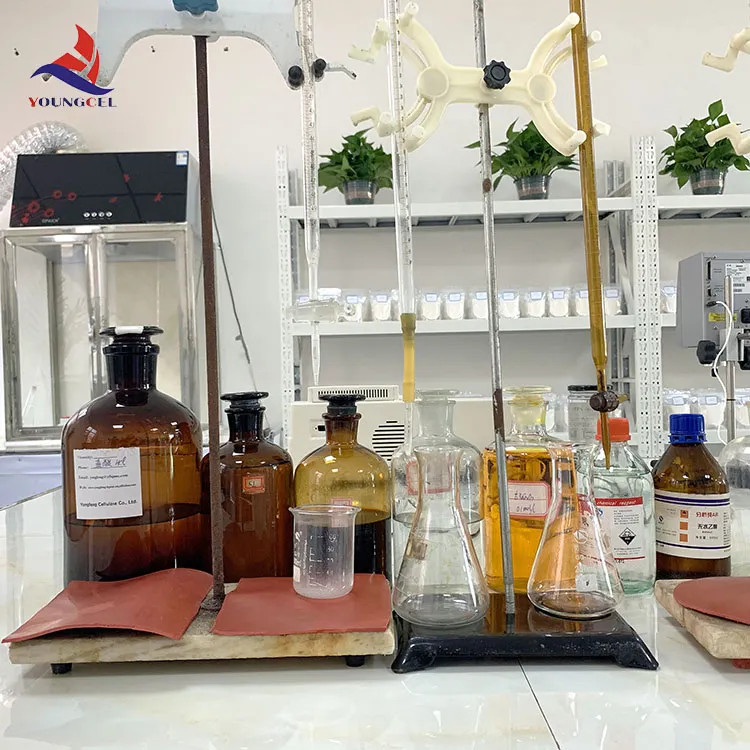The Growing Importance of Additive Powders in Modern Industries
In recent years, additive powders have shifted from being niche materials to essential components across various industries, including pharmaceuticals, aerospace, automotive, and even consumer goods. These powders play a vital role in the additive manufacturing process, also known as 3D printing, which allows for the creation of complex parts with precision and efficiency. This article explores the significance of additive powders, their applications, and the future of this innovative industry.
Additive powder materials are raw substances used in 3D printing technologies, where layers of material are added to build a final product. They come in many forms, including metals, polymers, ceramics, and composites. Each type of powder has unique properties that make it suitable for specific applications. For example, titanium and aluminum powders are commonly used in the aerospace sector due to their lightweight and high-strength characteristics. In contrast, polymer powders are often used in consumer products, providing versatility and ease of production.
One of the key advantages of using additive powders is the ability to produce complex geometries that would be impossible or prohibitively expensive to create with traditional manufacturing methods. For instance, in the medical field, personalized implants can be produced based on the unique anatomy of a patient, improving surgical outcomes and enhancing recovery times. Additionally, the ability to optimize designs for weight reduction without compromising strength is driving the adoption of additive manufacturing in the automotive and aerospace industries.
Moreover, the properties of the final product can be tailored through careful selection and processing of additive powders
. Techniques such as control of particle size and shape, as well as variations in the conditions under which powders are processed, can yield materials with enhanced mechanical properties, thermal stability, and corrosion resistance. This ability to customize materials opens up avenues for innovation, allowing manufacturers to meet the specific needs of their applications.additive powder

As the demand for sustainable practices grows, additive powders also present an opportunity for minimizing waste. Traditional subtractive manufacturing often results in significant material loss, as large chunks of material are cut away to create a desired shape. In contrast, additive manufacturing builds objects layer by layer, using only the necessary amount of material. This process not only reduces waste but also allows for the recycling of excess powder, further contributing to sustainability efforts.
The future of additive powders appears promising, with ongoing research and development aimed at improving the efficacy and usability of these materials. Innovations in powder production techniques, such as atomization and chemical synthesis, are expanding the range of materials that can be used in additive manufacturing. Furthermore, advancements in the processing technologies, including selective laser sintering (SLS) and electron beam melting (EBM), are enhancing the precision and speed of production.
Despite the exciting possibilities, challenges remain. Ensuring consistent quality and performance of powder materials is crucial, as any variability can impact the final product's integrity. Furthermore, the high initial costs associated with setting up additive manufacturing facilities can be a barrier for smaller enterprises.
In conclusion, additive powders are transforming the manufacturing landscape by offering innovative solutions that enhance design capabilities, promote sustainability, and improve product performance. As industries continue to adopt additive manufacturing technologies, the demand for high-quality additive powders will only increase, driving further advancements and opening new horizons in manufacturing. Embracing this trend will be key for businesses seeking to remain competitive in an ever-evolving market.
-
Premium Detergent Grade HPMC Hydroxypropyl Methylcellulose: Superior Thickening & StabilityNewsAug.31,2025
-
HEC 100000 Hydroxyethylcellulose for Paint | Superior ThickeningNewsAug.30,2025
-
Wall Putty Rdp Powder Packaging DesignNewsAug.29,2025
-
Introduction to Hpmc Hydroxypropyl Methyl CellulosNewsAug.29,2025
-
Hpmc Industri Grade IntegrationNewsAug.29,2025
-
How to Choose the Right Construction AdhesiveNewsAug.29,2025




